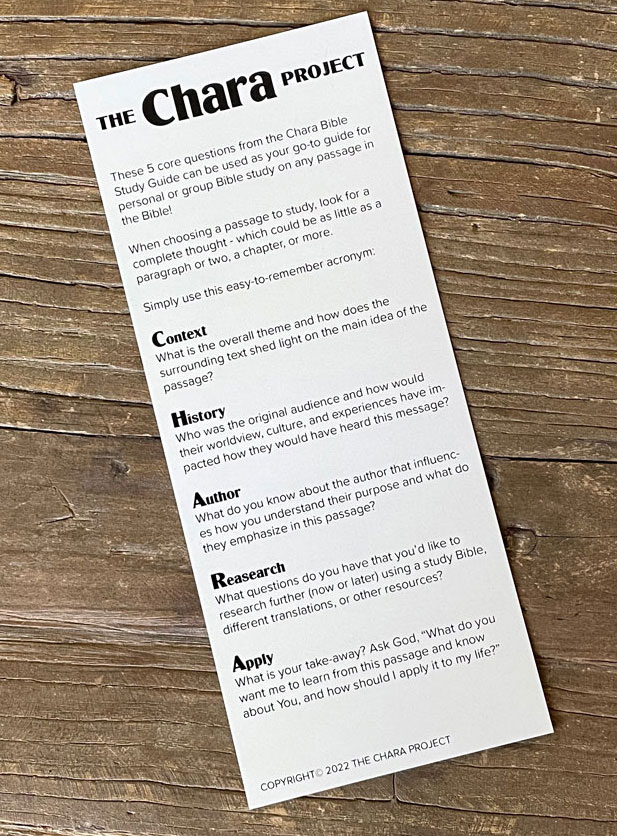When starting to study on your own, we recommend using a study Bible in a translation/version* that you can easily read and understand. Below are some insights that will help as you choose a Bible version for yourself.
Translations exist because (1) most people are not fluent in the original languages in which the Bible was written, and (2) the English language has evolved and changed over time.
1. The Original Language of the Bible
Translations exist because the Bible was originally written in Hebrew, with some Aramaic (Old Testament) and Greek (New Testament). Because of the multiple languages of the original text, all English versions we read today are a translation.
Until the mid-twentieth century, the oldest copies of the Old Testament were known as the Masoretic text, which were manuscripts translated between 500 and 950 A.D. In 1947, caves were discovered that held 900 ancient scrolls–the Dead Sea Scrolls–which dated back to the 2nd century B.C., well before Jesus was born. The Dead Sea Scrolls helped translators get much closer to the date the text was originally written. Remarkably the scrolls were found to be practically identical with the Masoretic text–most variants being minor spelling differences and none that impacted the meaning. In fact, since then, New Testament transcripts have been found dating as far back as the 2nd century A.D. confirming the reliability of the ancient texts.
Greek, Hebrew and Aramaic languages have different complexities compared to the English language. For example, there are often multiple English words for just one word in Greek. So when a person is translating the Greek biblical text from the original manuscripts into English, there may be many words to choose from to communicate the author’s intended message. Bible translators can focus on either a literal or readable translation and many fall somewhere in the middle of this spectrum.
-
Literal Translations – Attempts to keep the form and meaning of the original language in words, grammar, and structure as close as possible to the author’s original intent. Readability and understandability are not the primary focus (examples: KJV and NASB).
-
Dynamic Translations – Attempts to strike a balance between being a literal (word-for-word) translation and readable (thought-for-thought) translation (examples: NIV and CSB).
-
Readable Translations – Attempts to convey the original meaning and to be readable in contemporary English, using language and idioms that would be understood by modern readers (examples: NLT and NiRV).
Note: There are also paraphrased versions of the Bible that focus more on capturing the idea behind the text using modern language. This means there is less emphasis on using the actual words of the Hebrew and Greek languages and focuses more on understanding the overall ideas and concepts being presented in the Biblical text. It is often not considered an official translation of the Bible (example: The Message).









